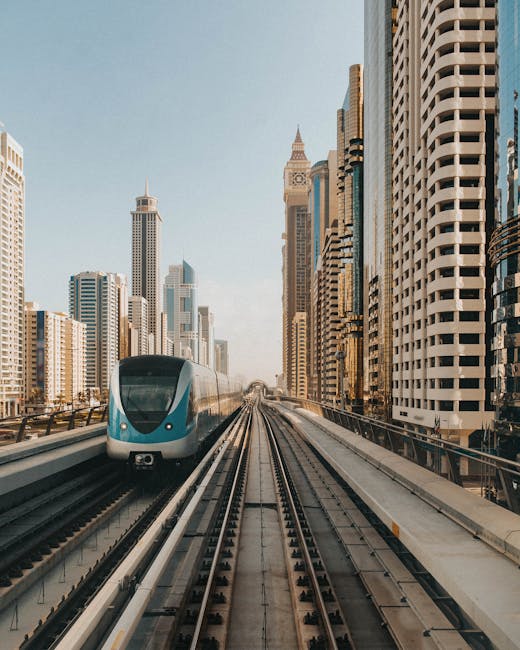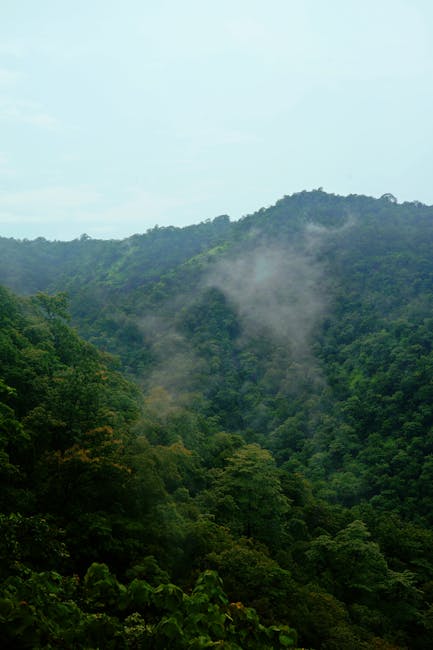- Rising Household Debt: Indian household debt increased significantly from 36.6% to 42.9% of GDP between June 2021 and June 2024, signaling a potential macroeconomic challenge.
- Consumption-Driven Borrowing: A significant portion of new loans is for consumption rather than investment, especially unsecured personal loans, raising concerns about sustainability.
- Income Growth Lag: Household disposable income (43%) and consumption (49%) growth has not kept pace with the surge in personal loans (75% banking sector), retail credit (70% NBFCs, HFCs), and microfinance (67%).
- Debt-to-GDP Ratio Importance: This ratio reflects a country’s ability to repay debt. India aims to reduce the central government’s ratio to 50% ± 1% by 2030-31. Current estimates are 57.1% (2024-25) and 56.1% (2025-26).
- Public Debt Composition: Public debt includes liabilities repaid from the Consolidated Fund of India, classified as internal (over 93%, primarily domestic) and external debt (19.4% of GDP in Sept 2024).
- RBI’s Policy Shift: The RBI initially tightened credit growth measures but has partially reversed course due to slowing economic growth, raising questions about the effectiveness of spurring consumption through more debt.
- Rising Delinquencies: Overdue loans are increasing, especially in gold loans, personal/consumer finance, and vehicle segments, indicating stress among borrowers.
- Lender Caution: Lenders are becoming more cautious about lending to overextended households, which may limit further credit expansion.
- Structural Economic Issues: The household debt surge reflects underlying problems like inadequate job creation and sluggish income growth, requiring a carefully crafted policy response.
11.04.25
Sunbird
-
Sunbird: A Nuclear Fusion Rocket: Developed by UK-based Pulsar Fusion, aiming to revolutionize interplanetary travel.
-
Speed and Travel Time: Potentially reaching speeds of 805,000 km/h, surpassing
the Parker Solar Probe. Could reduce Mars travel time by half and reach Pluto in 4 years. -
Orbital Demonstration: Scheduled for 2027, marking a significant milestone.
-
Nuclear Fusion Propulsion: Replicates the energy generation of stars, fusing atoms for cleaner, high-energy output.
-
How it Works: Uses compact linear fusion reactors to generate plasma, with escaping particles serving as exhaust for propulsion. Also provides up to 2 MW of electrical power.
-
Nuclear Propulsion Concepts:
- Nuclear Thermal Propulsion (NTP): Heats liquid hydrogen to create plasma for thrust, potentially doubling or tripling payload capacity.
- Nuclear Electric Propulsion (NEP): Converts nuclear heat into electricity to power ion thrusters for sustained acceleration.
-
Early stages of construction: Sunbird is still in early stages of construction and has numerous challenges ahead
-
CEO Statement: Richard Dinan (Pulsar Fusion CEO) believes space is the ideal environment for fusion.
-
Future Plans: Initial Sunbirds may shuttle satellites in orbit and deliver payloads (up to 2,000 kg) to Mars in six months.
-
Challenges: Miniaturization and weight reduction of nuclear
fusion systems are significant hurdles. -
Competitors: Companies like Helicity Space and General Atomics are also working on nuclear fusion reactors, aiming for tests around 2027.
-
Sunbird Purpose: Sunbird won’t be operating independently but will attach to larger spacecraft to help them cover interplanetary distances.
Thar Desert
-
Increased Greening: The Thar Desert has experienced a 38% annual increase in greening over the past two decades.
-
Driving Factors: This greening is attributed to increased monsoon rainfall and agricultural expansion.
-
Groundwater Contribution: Groundwater significantly contributes to vegetation growth (55%), with precipitation accounting for 45% annually.
-
Unique Case: The Thar Desert stands out as the only desert globally with a simultaneous increase in population, precipitation, and vegetation in recent decades.
-
Location and Extent: The Thar Desert spans 200,000 sq kms across northwestern India (Rajasthan, Gujarat, Punjab, Haryana) and southeastern Pakistan (Sindh, Punjab).
-
Climate and Geography: It features a subtropical desert climate, bordered by the Indus River plain, Punjab Plain, Aravalli Range, and Rann of Kachchh.
-
Soil Composition: Soils are coarse-textured, well-drained, calcareous and composed of Desert, Red Desertic, Sierozems, Red and Yellow , Saline, Lithosols, and Regosols.
-
Biodiversity Hotspot: The
desert supports diverse wildlife, including the Blue Bull, Blackbuck, Great Indian Bustard, and Indian Gazelle, and is home to Desert National Park. -
Mineral Rich: It contains significant lignite coal reserves, gypsum, and salt deposits, including saltwater lakes like Sambhar
and Kuchaman. -
Human Impact: The study acknowledges that the Thar Desert’s landscape change is affected by climate change and human activities.
3D-Printed Station in Japan
- Japan unveils world’s first 3D-printed railway station (Hatsushima Station). Highlights innovation in construction and transportation infrastructure.
- Construction completed in just 6 hours. Showcases the speed and efficiency of 3D printing technology.
- Utilizes additive manufacturing (3D printing) technology. Demonstrates a shift towards modern and advanced construction methods.
- Employs special mortar reinforced with concrete. Illustrates the use of durable and sustainable materials in 3D printing.
- Pre-fabricated parts transported to the site, reducing labor and on-site time. Improves logistics and project management, and lowers costs.
- 3D printing is an additive manufacturing process, building objects layer by layer from a digital design. Explains the core concept and contrasts it with traditional subtractive methods.
- The process involves CAD design, slicing into layers, and machine-readable instructions (G-code). Details the stages of 3D printing from design to execution.
- Various materials like thermoplastics, metals, ceramics, and bioinks can be used. Highlights the versatility and applicability of the technology across different industries.
- Common methods include Material Jetting, Directed Energy Deposition (DED), and Sheet Lamination. Provides examples of specific 3D printing techniques for precision and complex structures.
- Significance: The achievement illustrates the potential of 3D printing to revolutionize construction by reducing time, labor costs, and waste, while also enabling innovative designs.
Blue Washing
-
“Blue Washing” Defined: Portraying polluting industries as environmentally friendly through reclassification under less polluting categories.
-
CPCB’s New “Blue Category”: A new category under Essential Environmental Services (EES), including composting, biogas, sewage treatment, and material recovery facilities.
-
WTE Incineration Reclassification: Waste-to-Energy (WTE) incineration, previously in the “Red Category” (PI of 97.6), has been moved to the “Blue Category”.
-
WTE Incineration Process: Burning mixed municipal solid waste (MSW) to generate heat and electricity, similar to coal plants but with higher CO₂ emissions.
-
Pollution Index (PI): Introduced by MoEFCC to categorize industries based on pollution levels (air, water, hazardous waste, resource consumption). Ranges from 0 (least polluting – White) to 100 (most polluting – Red).
-
CPCB Consent Validity: The new
categorisation grants WTE incineration plants an additional two years of validity for consent to operate (permission to pollute). -
Why this is “Blue Washing”: Reclassifying highly polluting WTE incineration plants as “Blue” falsely presents them as environmentally benign, enabling them to operate longer without stringent pollution controls.
-
Implications: Undermines efforts to accurately assess and manage pollution from WTE incineration, hindering genuine progress towards environmental sustainability.
-
Contradicts Categorisation Rationale:The Union Ministry of Environment, Forests and Climate Change (MoEFCC) introduced the concept of categorisation of industries for facilitating decisions related to the location of the industries, formulation of norms for inspection and surveillance, pollution caused and health impacts.
BM-04
- Unveiling: India unveiled the BM-04 missile at the Vigyan Vaibhav 2025 defense exhibition in Hyderabad.
- Type: It’s a next-generation short-range ballistic missile (SRBM), indicating India’s focus on conventional counterforce capabilities.
- Developer: Developed by India’s Defence Research and Development Organisation (DRDO).
- Size & Weight: 10.2 meters long, 1.2 meters in diameter, and weighs 11,500 kg.
- Range: Can strike targets up to 1,500 km with a 500 kg conventional warhead.
- Accuracy: Features a 30-meter circular error probability (CEP).
- Mobility: Deployed using a d="M549.7 124.1c-6.3-23.7-24.8-42.3-48.3-48.6C458.8 64 288 64 288 64S117.2 64 74.6 75.5c-23.5 6.3-42 24.9-48.3 48.6-11.4 42.9-11.4 132.3-11.4 132.3s0 89.4 11.4 132.3c6.3 23.7 24.8 41.5 48.3 47.8C117.2 448 288 448 288 448s170.8 0 213.4-11.5c23.5-6.3 42-24.2 48.3-47.8 11.4-42.9 11.4-132.3 11.4-132.3s0-89.4-11.4-132.3zm-317.5 213.5V175.2l142.7 81.2-142.7 81.2z"/> Subscribe on YouTube









